Authors: Dr. Thiago Roberto Gemeli, Dr. Barbara Robaskievicz and Dr. Rafael Cury Cecato
The correct installation of orthodontic brackets is an important foundation when the intention is to perform a more precise treatment in a shorter time. The correct positioning of the pieces will allow the orthodontist to obtain dental movements with greater three-dimensional control, favoring the stages of alignment, leveling and torque.
In addition to the care associated with the positioning itself, it is worth mentioning the importance of other associated procedures that precede bonding, such as prophylaxis. Cementing brackets on a dirt-free surface contributes to this purpose and should always be recommended (fig. 2).
Respect for the technique required by the adhesive system used makes it possible to obtain better clinical results. Prioritizing the same commercial brand among bonding agents and resins becomes essential for the operative success of the orthodontist, especially with regard to increasing the resistance of the tooth/bracket interface.
Another condition to be observed by the orthodontist is related to the use of complementary devices, which are responsible for bringing greater comfort and brevity to the orthodontic intervention. For example, composites developed to inhibit the sharp action of wires, stops for disocclusion and/or intrusion of dental elements, among others, are cited.
Case report
Female patient, 14 years old, attended a private clinic reporting dissatisfaction with oral aesthetics. The clinical evaluation revealed a slight disharmony between the facial thirds (brachycephalic pattern). Therefore, the intermaxillary angle was reduced, suggesting a posterior approach to increase the vertical dimension through the extrusion of dental elements from both arches. Intraorally, a slight discrepancy caused by the presence of diastema and gyroversions in the upper arch, in addition to subtle crowding in the lower arch.
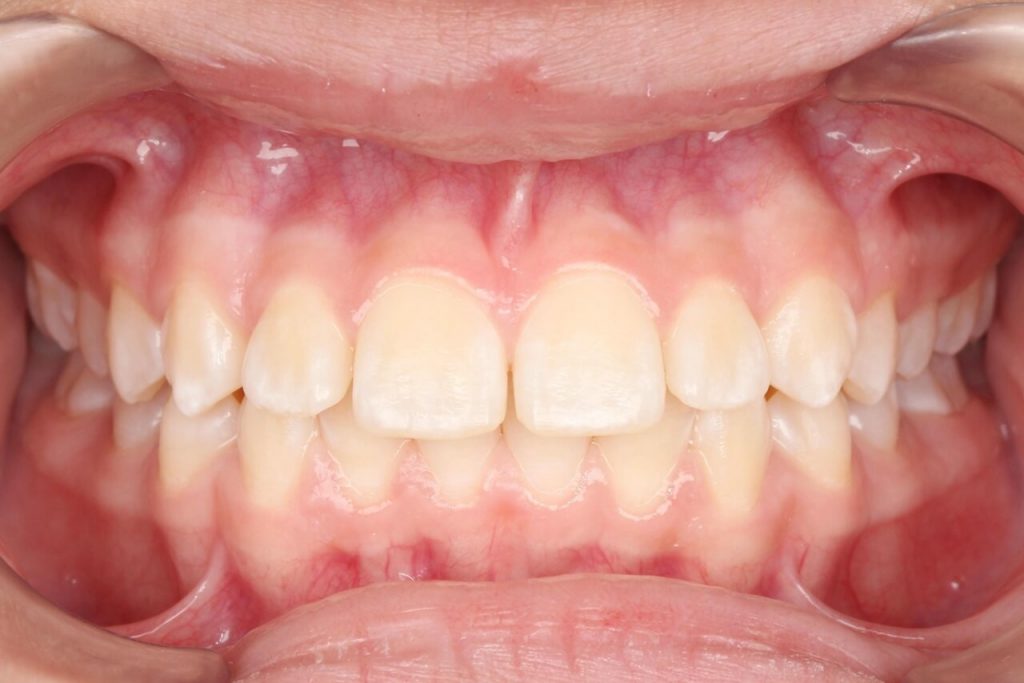
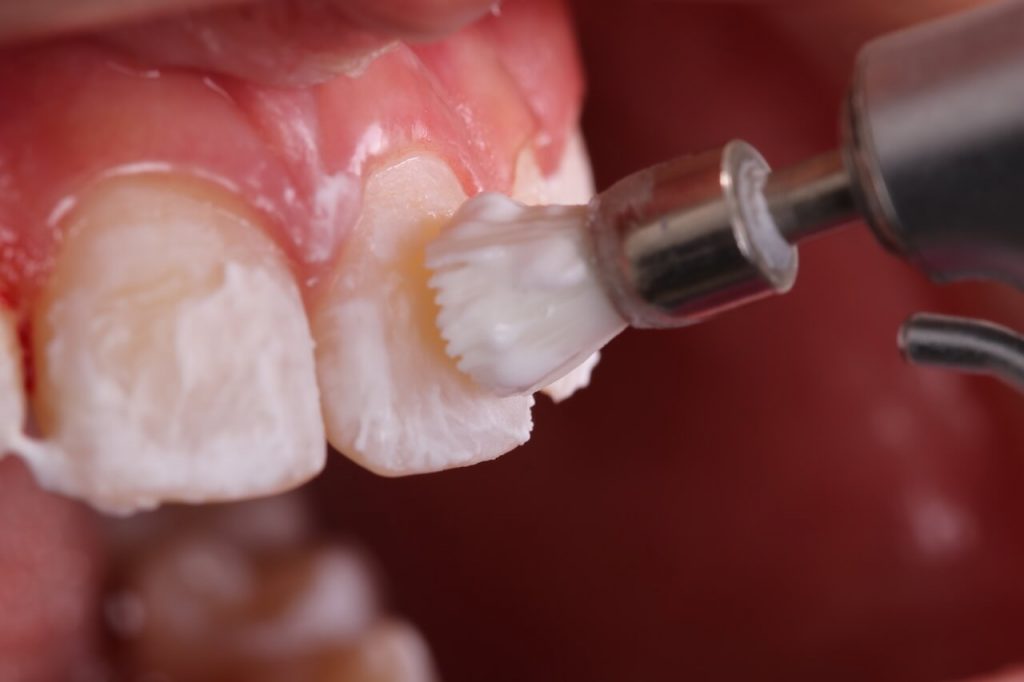
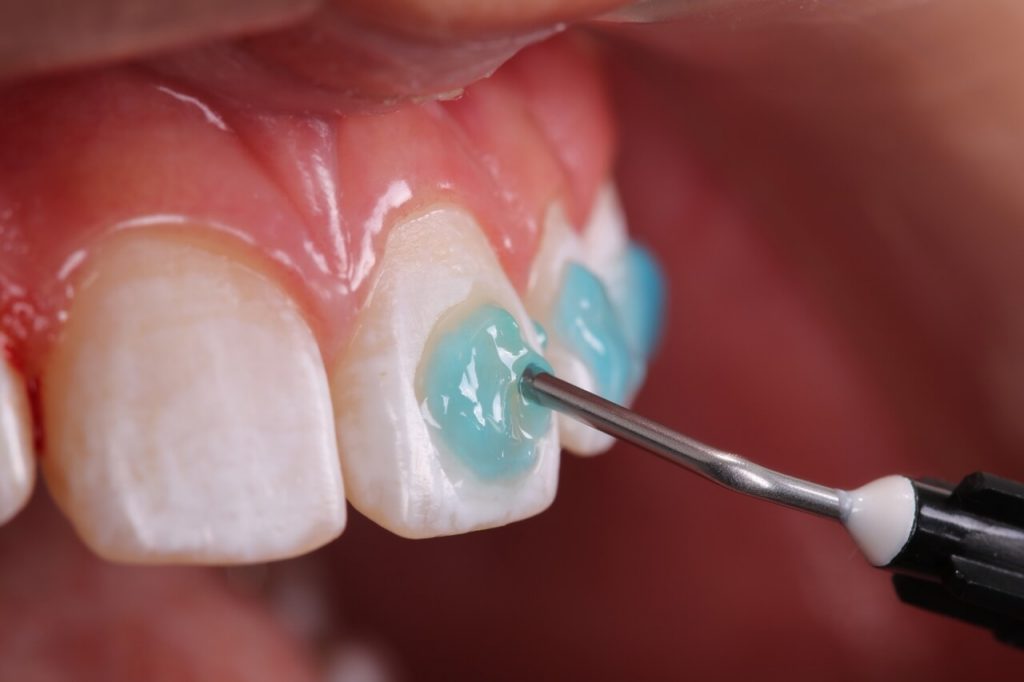
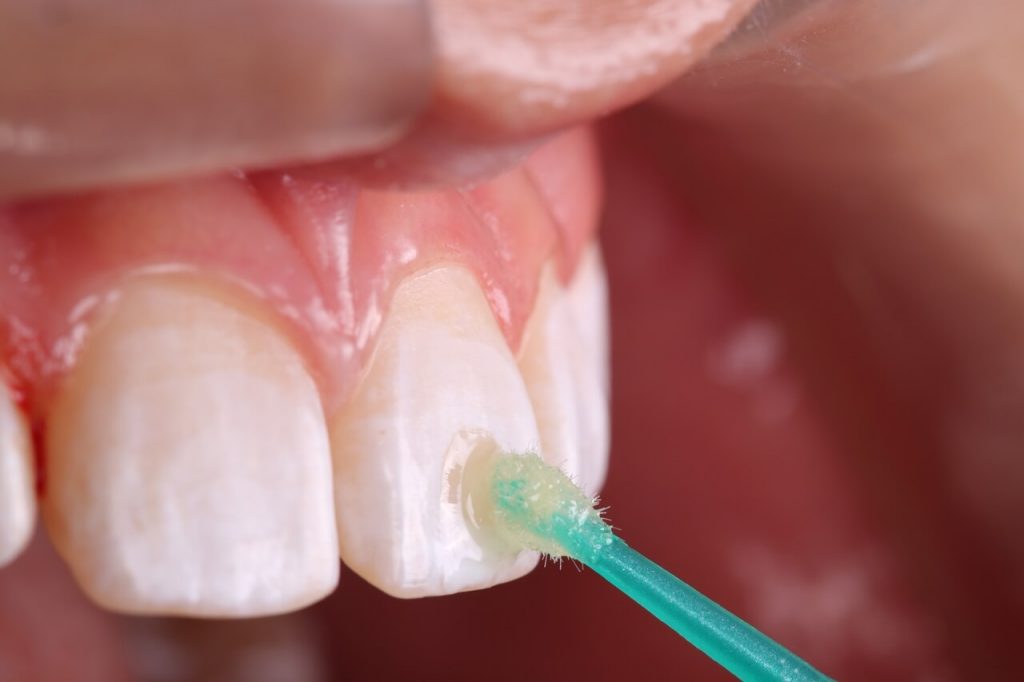
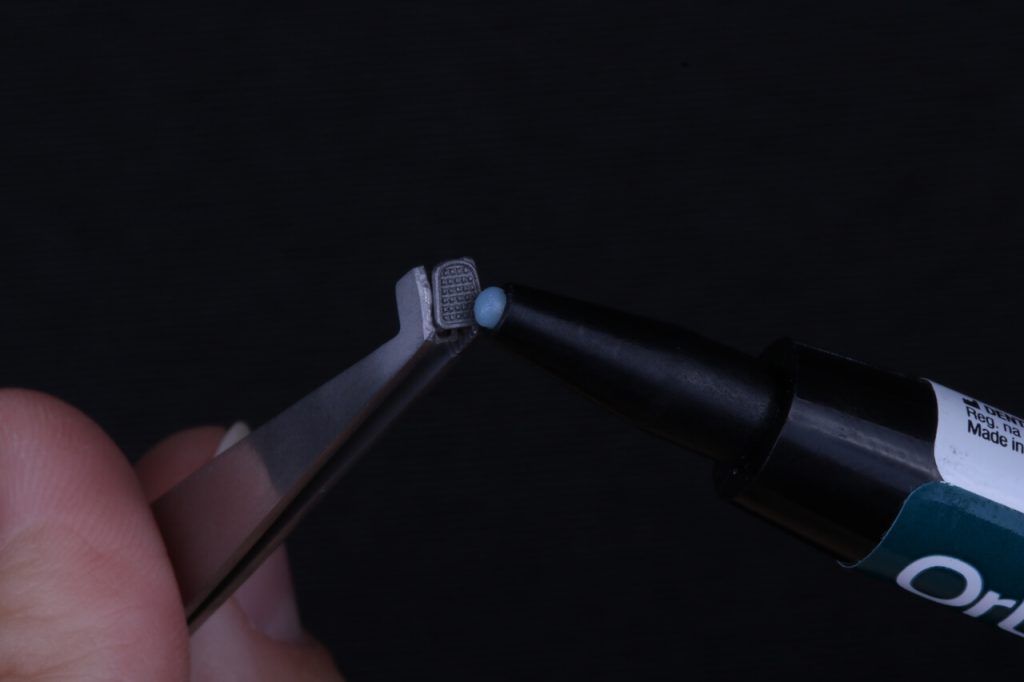
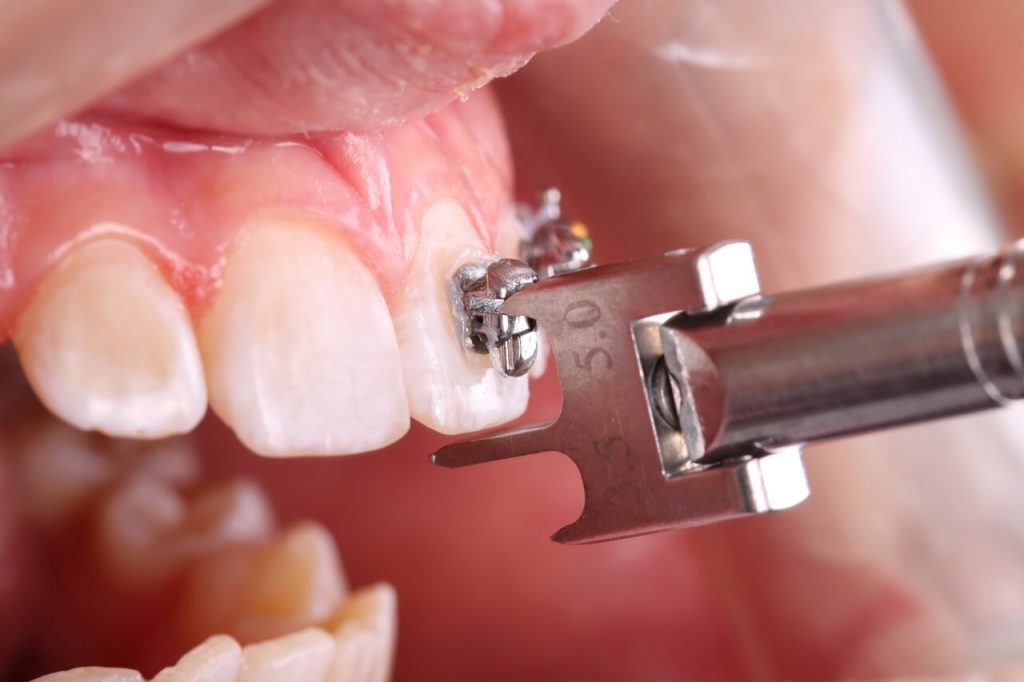
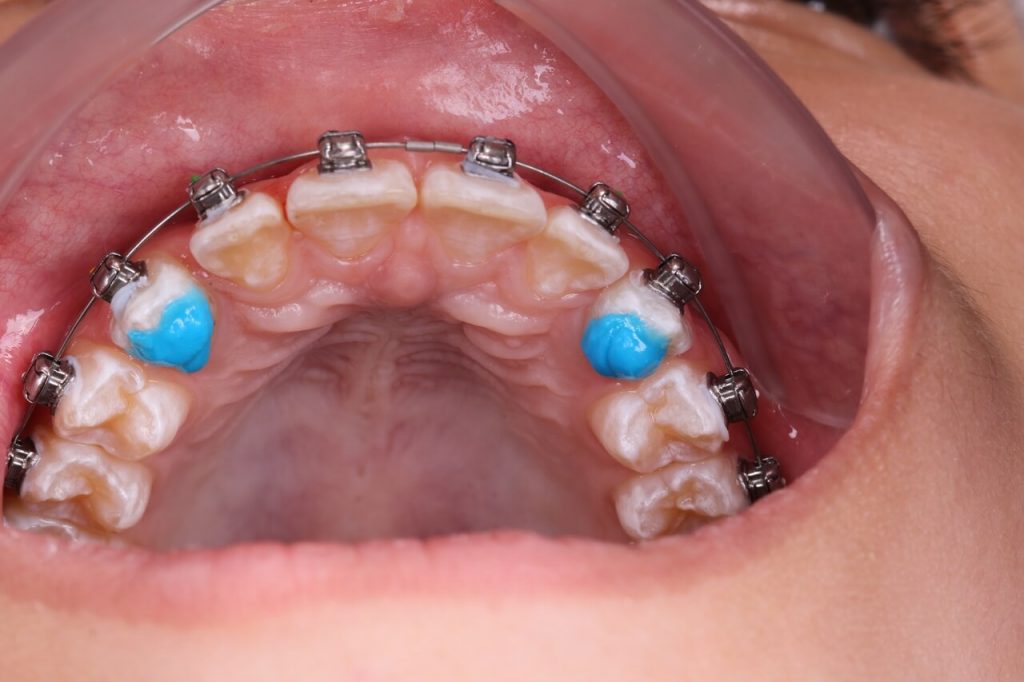
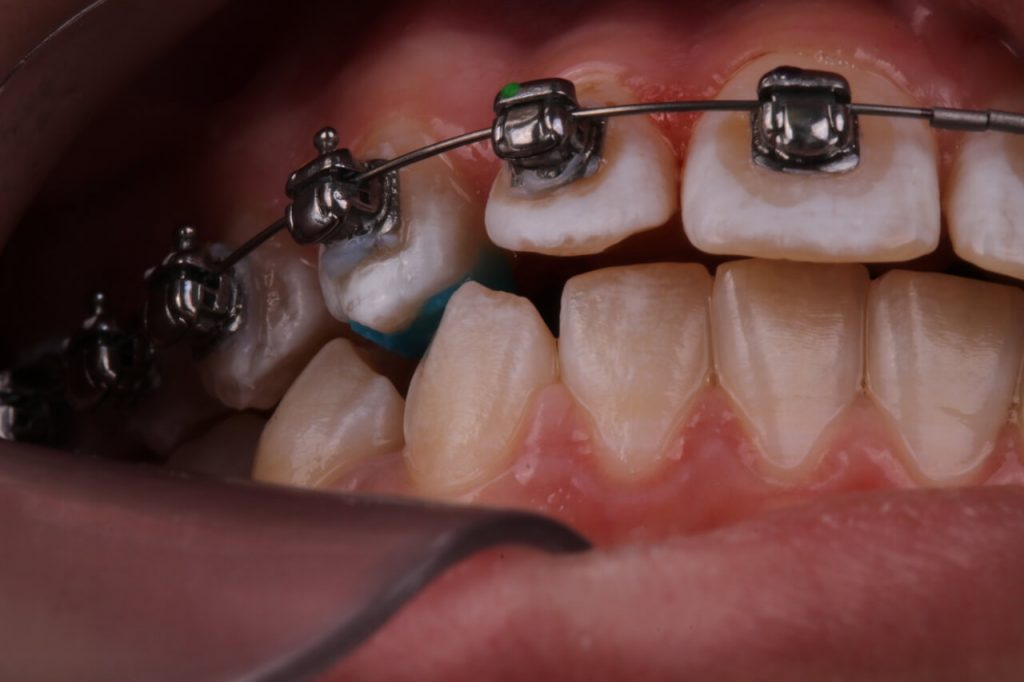
clinical tip
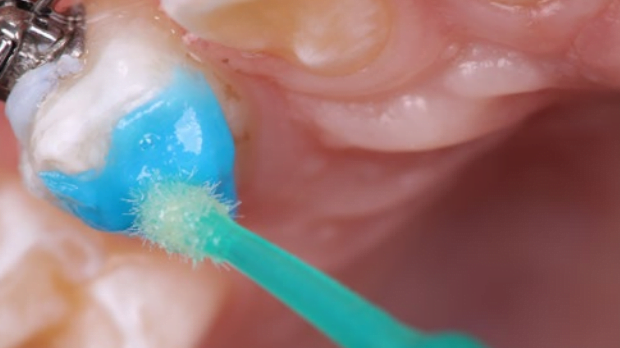
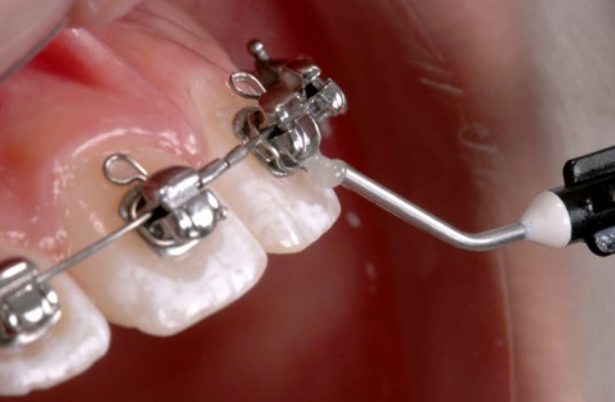
The use of techniques and supplies that help stabilize the orthodontic bond is an important factor to be considered by the orthodontist. Establishing an operative protocol that includes a prophylactic approach, proper selection and manipulation of the adhesive system, in addition to providing deocclusion with stops, are practices that contribute to a faster, more comfortable and profitable orthodontic treatment.























